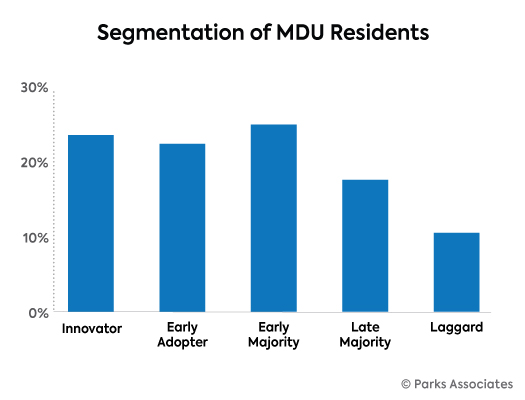Network protocols play a crucial function in improving web access, especially in multi-dwelling units (MDUs) such as flat complexes and condominiums. These standards outline how data is communicated over networks, guaranteeing that devices can interact effectively. As an increasing number of individuals rely on the internet for work, learning, and leisure, having a dependable and fast link in MDUs has become progressively important. By comprehending Ethernet protocols, property administrators and residents can make knowledgeable choices about their web provisions, leading to better access for everyone.
One of the key Ethernet specifications is IEEE 802.3, which outlines the specifications for cabled Ethernet links. This specification has developed over the decades, bringing faster speeds and enhanced efficiency. For example, the original Ethernet specification offered speeds of 10 Mbps per second, while newer iterations, such as Gigabit, can provide speeds of up to 1,000 Mbps. In MDUs, where numerous tenants share the same internet connection, having a high-speed Ethernet network can greatly improve the overall user interaction. Quicker rates mean faster file transfers, smoother streaming, and greater visual conferences, which are essential for off-site work and virtual learning.
Another important feature of Ethernet protocols is the use of structured wiring infrastructures. These systems arrange and coordinate the sites system cables that link devices within a building. By following the guidelines set by Ethernet protocols, MDUs can guarantee that their wiring is efficient and effective. This organization assists minimize interference disruption and improves data transmission quality. Additionally, structured cabling enables for easier improvements and servicing, allowing it easier for property managers to adapt to changing technology needs. As web utilization persists to increase, having a well-structured wiring infrastructure is crucial for maintaining high-quality connectivity.
Power over Ethernet (PoE) is another significant advancement in Ethernet tech that benefits MDUs. PoE allows network wires to transmit power power together with information, removing the requirement for individual electric supplies for equipment like safety monitors, Wi-Fi connectivity points, and VoIP devices. This feature streamlines installation and reduces disorder, allowing it simpler to establish a complete system in multi-unit buildings. By utilizing PoE, property managers can improve security and improve internet access throughout the building without the added expense of additional electrical work.

In conclusion, Ethernet standards have a significant effect on internet connectivity in multi-dwelling units. By offering faster rates, organized cabling, and innovative capabilities like Electricity over Ethernet, these standards help establish a reliable and efficient system for residents. As technology persists to advance, staying aware about Ethernet protocols will be crucial for property administrators and tenants alike. By investing in the appropriate framework, MDUs can ensure that all tenants experience a seamless web interaction, making their homes more connected and accessible.
Comments on “Investigating the Effect of Ethernet Protocols on Improving Internet Connectivity in Multi-Dwelling Residences”